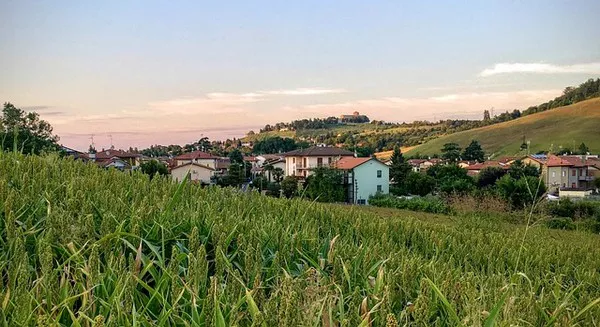Madagascar, often hailed as a species paradise, hosts over 11,000 plant species, with an astonishing 80% exclusive to the island. A recent groundbreaking study by the Swiss Federal Institute for Forest, Snow, and Landscape Research WSL and ETH Zurich has proposed a new hypothesis, challenging the longstanding mystery surrounding Madagascar’s unparalleled plant biodiversity.
The study, led by WSL researcher Yi Liu and Professor Loïc Pellissier of ETH Zurich, delves into the intricate relationship between landscape changes and the evolution of new species on the island. Contrary to traditional hypotheses linking biodiversity to tectonic activity, the research reveals that Madagascar’s dynamic topography, shaped by non-uniform precipitation and rock erosion, plays a crucial role in fostering the emergence of unique plant species.
The island’s eastern side, characterized by a high mountainous escarpment formed during the ancient breakup of Pangea, experiences dramatic landscape changes over millions of years due to precipitation. As the escarpment erodes and shifts, new river networks and valleys emerge, creating both new habitats and topographical barriers that facilitate the isolation and reconnection of existing habitats. This continuous process accelerates the formation of new species, adapting to the evolving patterns of habitat.
Prof. Pellissier notes, “The high biodiversity is considered to be mainly due to the shifting of tectonic plates and the resulting formation of a complex topography. However, Madagascar never fit well into this hypothesis, as tectonic activity has been minimal for the last 100 million years.” The study challenges the notion that complex topography is a direct result of ongoing tectonic activity, demonstrating that it can persist and evolve long after such activity ceases.
The research, a result of interdisciplinary collaboration between biologists and geologists, integrates processes and data into a computer model. By combining reconstructions of the landscape and species’ habitats over 45 million years with a dataset of approximately 9,000 present-day plant species on the island, the model establishes a direct link between habitat changes and the formation of endemic species.
The implications of this study extend beyond Madagascar, prompting researchers to explore similar high-endemic biodiversity locations globally. Ongoing studies in the mountains of Colombia and southwest China are already yielding promising results, affirming the role of landscape changes in shaping endemic biodiversity.
Despite the excitement surrounding the discovery of Madagascar’s unique evolutionary journey, researchers express deep concern about the future. Deforestation and climate change pose significant threats to the island’s distinctive flora and fauna. Prof. Pellissier emphasizes, “Our research shows that landscape evolution took millions of years to form new habitats and thus create new species. Humans are in the process of destroying biodiversity within a few decades through massive intervention in climate and destruction of natural habitats.” The urgent call to protect Madagascar’s unique ecosystems resonates as a vital reminder of the delicate balance between human activities and the preservation of Earth’s rich biodiversity.


